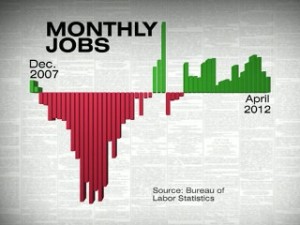
Annie
I noticed our dog, Annie, was avoiding our home’s wood floors. Being a cold day, I thought she was warmer standing on a rug. However, there was more than a chilly floor on her mind as she danced nervously on the rug’s edge, instead of making a mad dash to her food dish.
A strange thought had taken residence between her ears: she is frightened of wood floors. You can see her trying to figure out how to maneuver from one area to another. To get to the kitchen she will run from the family room rug to another under a game table, only to realize she is further away; return and try again.
For some reason, the hall between the dining and living room is dangerous but the one from the dining room to the kitchen is okay. Entering through the front door she rushes to the dining room rug; from there, through the “good” hallway, to the rug in the kitchen; then to the rug under the breakfast table; to the rug in front of the door to the utility room and finally to the utility room and her dinner dish. With a pause to build courage at each stop, it is a somewhat sad but hilarious process.
Annie is not alone in being afflicted by unshakable thoughts. My golf game was pretty good until I shanked a short-iron shot. I realized, not turning my shoulders occasioned the problem so I became conscious about making a good shoulder turn.
The next Saturday, I met my buddies on the first tee and foregoing any warm up, hit a good tee shot. On the fourth hole, while swinging my sand wedge I wondered if I was turning my shoulders. At that time, I should have quit and gone to the clubhouse for a beer—stick a fork in me, I was done. Like Annie and the floors, I couldn’t get the thought out of my head.
Fears and beliefs, residing in the mind, can prevent success. Ideas—such as the fear of failure or the mindset of there being just one way to do a job.
I have an acquaintance who hates his job. He complains about his boss, pay, hours and lack of advancement. He has developed a plan for a new business venture—one I believe will succeed—and funding is lined up. However, as much as he hates his job, he fears failure more. He hasn’t recognized the misery accruing from failure, could be no worse than the unhappiness he is enduring.
It took drastic action to convince an employee there was more than one way to a job. A mechanic in our sheet metal shop invented excuses not to use a new piece of equipment. Accustomed to the old machine, he did not want to change. To no avail, I begged, I cajoled and I threatened. One night, using a length of chain and a padlock, I rendered the old machine inoperable; forcing him to use the new device. A few days later, he thanked me for making his job easier.
Behavior, how someone responds to problems, challenges and opportunities, is part nature and part nurture. Some people are bold and fearless; while, others are timid and cautious. A bold/fearless person, might have a tendency to make precipitous decisions; while a timid/cautious person might miss out on opportunities.
An understanding of behavior, allows one to adapt his or her responses: a person who understands his tendency to make precipitous decisions will be cautious; conversely, a person who understands he might miss an opportunity due to his tendency to be cautious, will be bolder. An understanding of one’s behavior can be obtained through experience. Another, and often less painful than experience, is through a behavioral analysis, such as a DISC profile.
Success in life, work and relationships stems from understanding and having a sense of self—of deeply comprehending who you are, what you do and how you do it.
For more information go to www.e3-consulting.net.

 Magnolia Blossoms are a reason I love living in the south.
Magnolia Blossoms are a reason I love living in the south. “Business would be easy if you didn’t have to deal with customers and employees.” A tired but true saying my father often muttered after coping with an unhappy customer.
“Business would be easy if you didn’t have to deal with customers and employees.” A tired but true saying my father often muttered after coping with an unhappy customer. In Proverbs 6 verses 6 through 19, King Solomon wrote:
In Proverbs 6 verses 6 through 19, King Solomon wrote:


